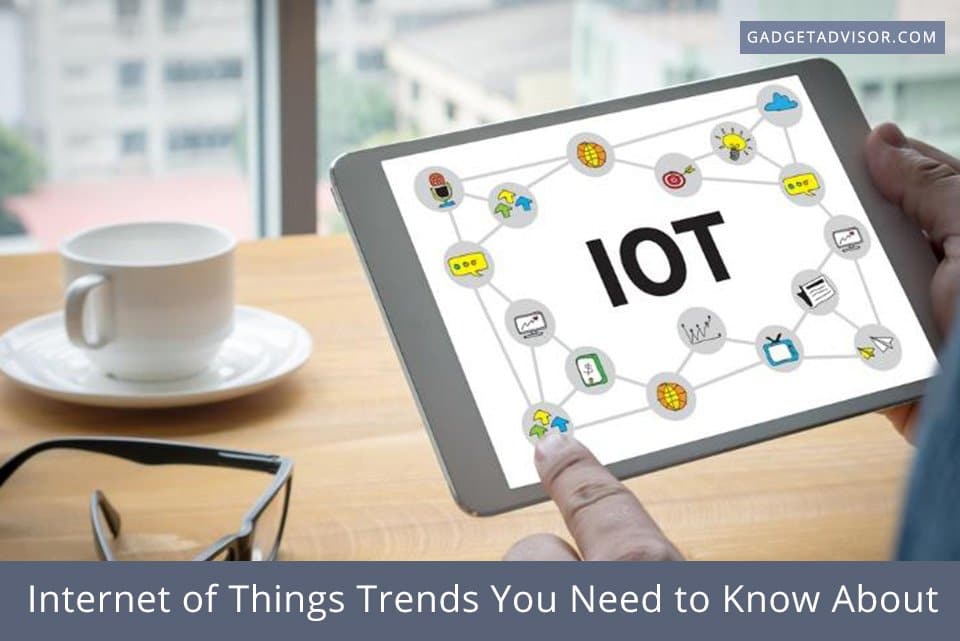The growth in Internet of Things (IoT) products has been huge over recent years and doesn’t seem likely to slow down anytime soon. Indeed, according to a CISCO IBSG report, there will be at least 50 billion devices connected to the internet by 2020.
Whether you’re a consumer, business owner, developer, engineer, or otherwise interested in what is happening in the world of the IoT, it’s important to stay up to date on the latest trends and happenings in the area. Read on for some of the key trends likely to make an impact over the coming months and years.
More Voice-Controlled Devices
When it comes to a connected lifestyle, voice-control is steadily building up to become the primary user interface used with smart devices. This is evidenced by the likes of Amazon’s intelligent personal assistant Alexa, and Google’s home assistant and smart speaker, Home. With two tech behemoths (plus others such as Microsoft and Apple) investing their money into the voice arena, you can be sure this is a key trend to watch.
While smartphones have been the key technology used by billions of people around the world as their go-to product over recent years, it seems that voice-controlled devices will quickly become more ubiquitous. In fact, according to research firm Gartner, by 2018 it is predicted that 30 percent of our tech-based interactions will occur through conversations with smart machines.
Soon enough, we will likely find that having to pull out a cell phone, unlock it, open an app or other program and tap in our commands will seem too time consuming when we can instead simply open our mouth to give commands on the spot.
Wearables on the Rise
Take a look around when you’re out and about, at the office, or just hanging out with family and friends, you’ll no doubt notice many of the people around you are showing off or fiddling with a wearable device such as a smart watch or healthcare sensor. This is because the use of wearables is dramatically on the rise as the technology gets better, more choices become available, and prices decrease.
The main area of growth when it comes to wearables is healthcare. More health-related tools are being integrated into devices in the form of health and wellness tracking, and the receiving of notifications. Apps based around sports and outdoor activities are especially popular.
While key players in the market such as Fitbit and Apple are continually working on new updates and devices, many other brands are also getting into the wearables area these days. This list includes Rip Curl, Swatch, Samsung, and many more.
Advances in Automatic Shopping
Another innovation, and one set to really shake up the retail world, is that of automatic shopping. With numerous everyday home and lifestyle products being turned into ordering devices, consumers will have less need to head to the shops themselves to stock up on groceries or beauty products.
IoT is creating an invisible retail world, changing typical shopping routines into something more automatic, perfect for time-poor consumers. Products like fridges, dishwashers, and washing machines are now capable of being turned into one-click ordering machines, reordering products you’re out of on the spot.
When it comes to bricks and mortar stores though, there are also changes afoot. In particular, a key impact of the IoT will likely be that embedded-sensor driven retail experiences will change how consumers locate and purchase products, and how businesses present and market their wares.
With new tech, businesses can take advantage of the combination of sensors, big data and analytics to better track inventory levels, market products to prospective customers, see which areas of a store are most trafficked, connect with clients, and manage losses from theft.
Growth in Related Jobs
While you might think initially of there being a need for more software developers (and this is certainly an area of prime demand), there are also many other positions needing to be filled. For example, systems engineers are required to work in real time to solve problems and conduct proactive, rather than reactive computing; while data scientists are needed to collect, organize, analyze, and architect large and disparate reams of data. More people will therefore soon be studying big data or engineering programs, online or in person, if they want an IoT-related job with outstanding prospects over the coming years.
Lastly, while consumers and businesses enjoy numerous benefits of connected devices, we are also seeing an important factor that somehow needs to be addressed: that is, who is going to be designing and developing these expected 50 billion products? With such a huge growth in demand, it is becoming difficult for companies to keep up with the workload. As such, there is plenty of growth occurring in relevant sectors.

